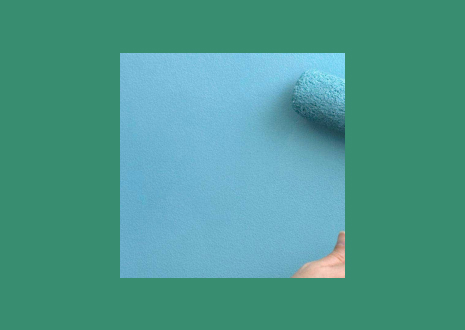Glossary

Sheen is a term that is used to describe paints that have a lower level of gloss, therefore a lower amount of light that can be reflected
It is typically used as a descriptor when discussing paints that are categorised as satin, silk or eggshell along with others that have lower reflective properties to semi-gloss. If paint is described to have sheen, it can be expected to reflect about 15% – 40% of light.
These kinds of paints are good for walls and surfaces where high durability is needed, for example it would highly suit being used in kitchens or bathrooms. It still provides some protection against staining so would also be good to use in areas with high traffic such as hallways or living spaces.
This being said, the term heen’ can also be commonly interchanged with the term loss’ so it is important to look at the context when reading the description of the paint before making a choice.

Acrylic filler (often referred to as decorators caulk, painters caulk or decorators acrylic) is a water-based economical and environmentally friendly sealing and filling material. Acrylic filler, when cured, offers flexibility and elasticity that allow for movement, therefore stopping cracks from reappearing. Although mostly used for internal decorating, its resistance to moisture and temperature changes means […]
Fibre brushes
The bristles are usually made of natural vegetable fibres but can also be a mix of natural and artificial fibres. Fibre brushes often referred to as masonry brushes, are a specific type of paintbrush that is designed to be used with materials and on surfaces an ordinary bristle brush might not be appropriate for. Fibre […]
Obtain Free,
No-Obligation Quotation